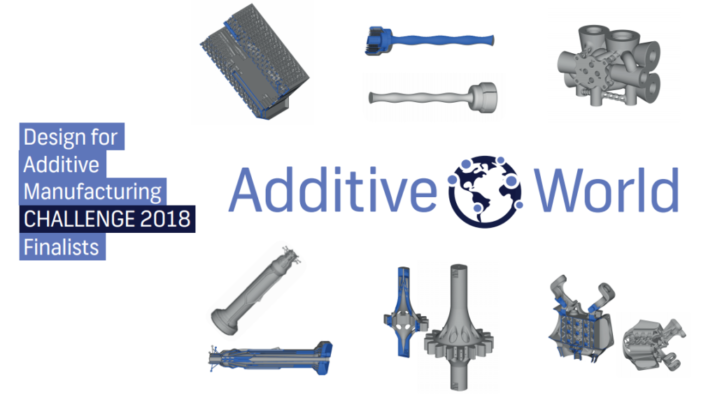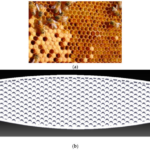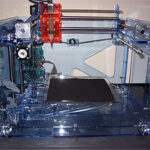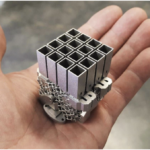
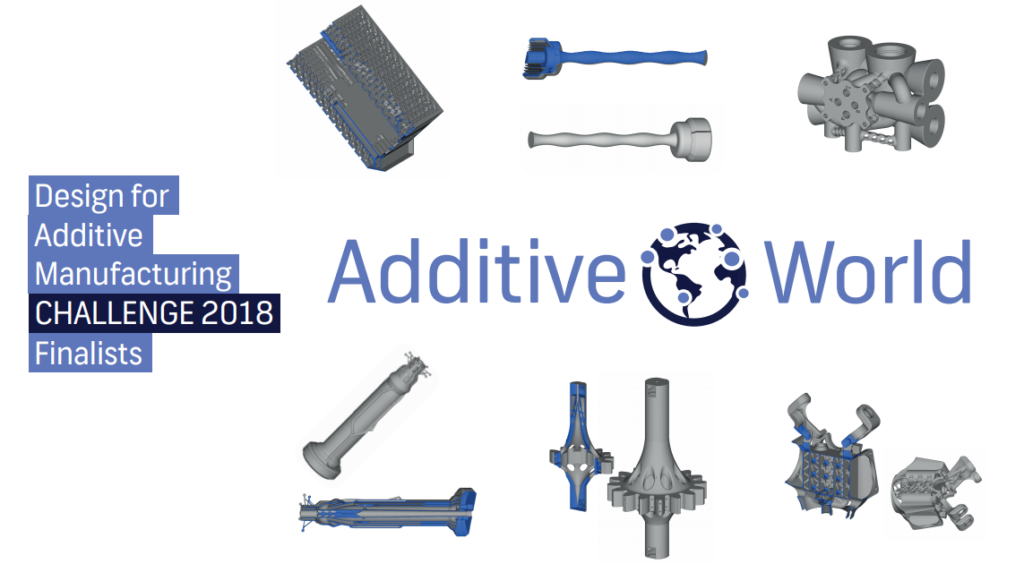
Every year, Additive Industries holds its Additive World Design for Additive Manufacturing Challenge, a competition aimed at professionals and future professionals. The purpose of the challenge is to gather more examples of the practical uses of additive manufacturing and to inspire other industries to develop their own applications. Participants are asked to redesign an existing, conventionally manufactured part of a machine or product using 3D printing, and to take advantage of the technology’s unique capabilities to make honeycomb structures, thin walls, form free channels, custom elements, etc.
Last year’s competition saw some ingenious entries, and this year, the fourth year for the challenge, looks to be no different. The finalists for the challenge were recently announced, and the winners will be announced at the Additive World conference in March. Six finalists have been selected in two categories – professional and student – from 52 entrants. Entries came from around the world in a variety of fields such as aeronautics, automotive, high tech and medical.
“This year’s redesigns demonstrate again how product designs can be improved when the freedom of 3D printing is applied,” said Daan Kersten, CEO of Additive Industries. “It’s not only about topology optimization anymore, but about eliminating manufacturing difficulties, minimizing assembly and lowering logistical costs. These redesigns are really demonstrating a broad range of applications.”

The finalists in the professional category include the Intech DMLS team from India, which focused on part count reduction in avionics, both making the part lighter and increasing its efficiency. From France, 3D-medlab optimized the design of a medical part gripper, showing that there is room for extended applications even when additive manufacturing is already used for producing prosthetics. They redesigned the impactor, which holds products such as acetabular cups during operations. Finally, an Italian team from Aidro Hydraulics optimized the flow performance of a hydraulic manifold, reducing both weight and space.
There was also an honorable mention in the professional category. Fabian Baum of EDAG Engineering in Germany entered with the LightHinge+ design, which uses bionic principles to minimize stresses and deformations caused by the applied loads and reduce weight by 50%. In addition, support volume was reduced to 20% of the overall building volume by optimizing the model’s orientation and support structure.
In the student category, finalists included Philipp Kaindl from the Technical University of Munich, whose Gasification Burner featured a novel coal swirling mechanism to increase thermal efficiency. The design incorporates function integration and optimization of fluid paths. Yogeshkumar Katrodiya of Fraunhofer IGCV created better cooling efficiency through a functional integration design of a shaft and gear with conformal cooling channels and a sufficient amount of lubricant. The combined weight of the original gear and shaft is reduced 50% by the integration of the gear and shaft with help from a topology optimization approach. Cassidy Silbernagel of the University of Nottingham, who won the student category the past two years, was named a finalist again this year for his “multifilament Ultimaker 2+ all metal hot end” with advanced part cooling. He wanted to show that an existing product can be improved and enhanced while also being made more compact and functional. Notably, the Ultimaker 2+ was his prize for winning the last Design Challenge.
The winners will be announced at the Additive World Awards Dinner in Eindhoven on March 14th.
Discuss this and other 3D printing topics at 3DPrintBoard.com or share your thoughts below.
When it comes to 3D real estate visualization in the USA, our service provides the perfect solution for bringing property listings to life. Through our platform, you can easily access cutting-edge 3D renderings that showcase your real estate projects in a way that attracts potential buyers and investors. Whether it's residential, commercial, or mixed-use properties, our team of experts uses advanced technology to create immersive visualizations that highlight the best features of your property, making it easier for clients to imagine the space as their own.
Through our website, you can quickly get high-quality 3D real estate visualizations that are tailored to your specific needs. With our help, you'll stand out in the competitive real estate market by offering potential buyers a realistic, interactive view of your property. Our efficient process ensures a fast turnaround time, while our attention to detail guarantees that every aspect of the property is represented accurately, giving you a powerful marketing tool to promote your real estate listings.


